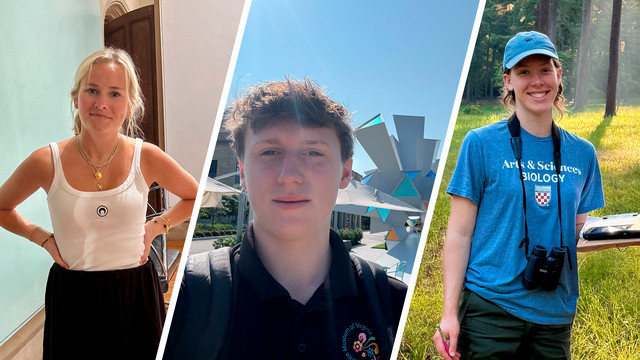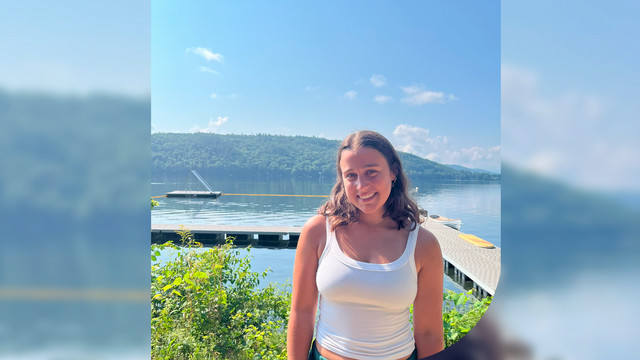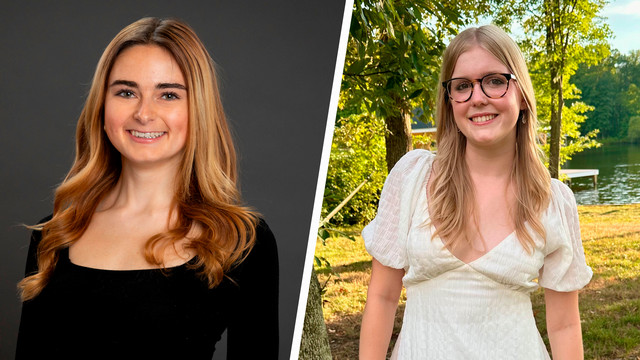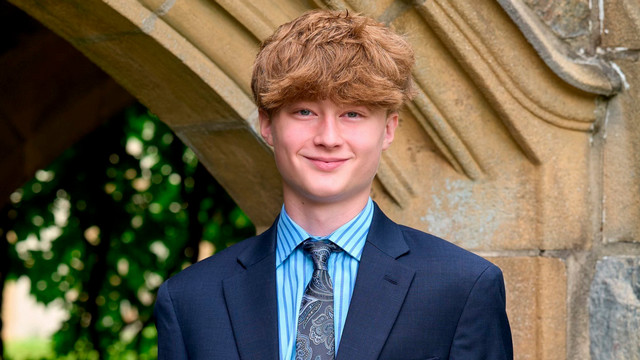
UR seniors make their mark on Richmond's cultural and natural landscapes
Student Experience
This summer, three University of Richmond students turned their interests into action by interning at cultural and environmental institutions across the city, gaining practical experience in communications, history, and ecology.
When senior Brooke Harper learned that Kristen Cavallo — the former CEO of both MullenLowe Global and the Martin Agency — had been named executive director of The Branch Museum of Design in Richmond, she saw an opportunity to learn from someone whose career exemplifies creativity, strategy, and impact. Harper, a rhetoric and communication studies major, was excited about interning at the museum, where she could explore the intersection of marketing, social media, and community programming.
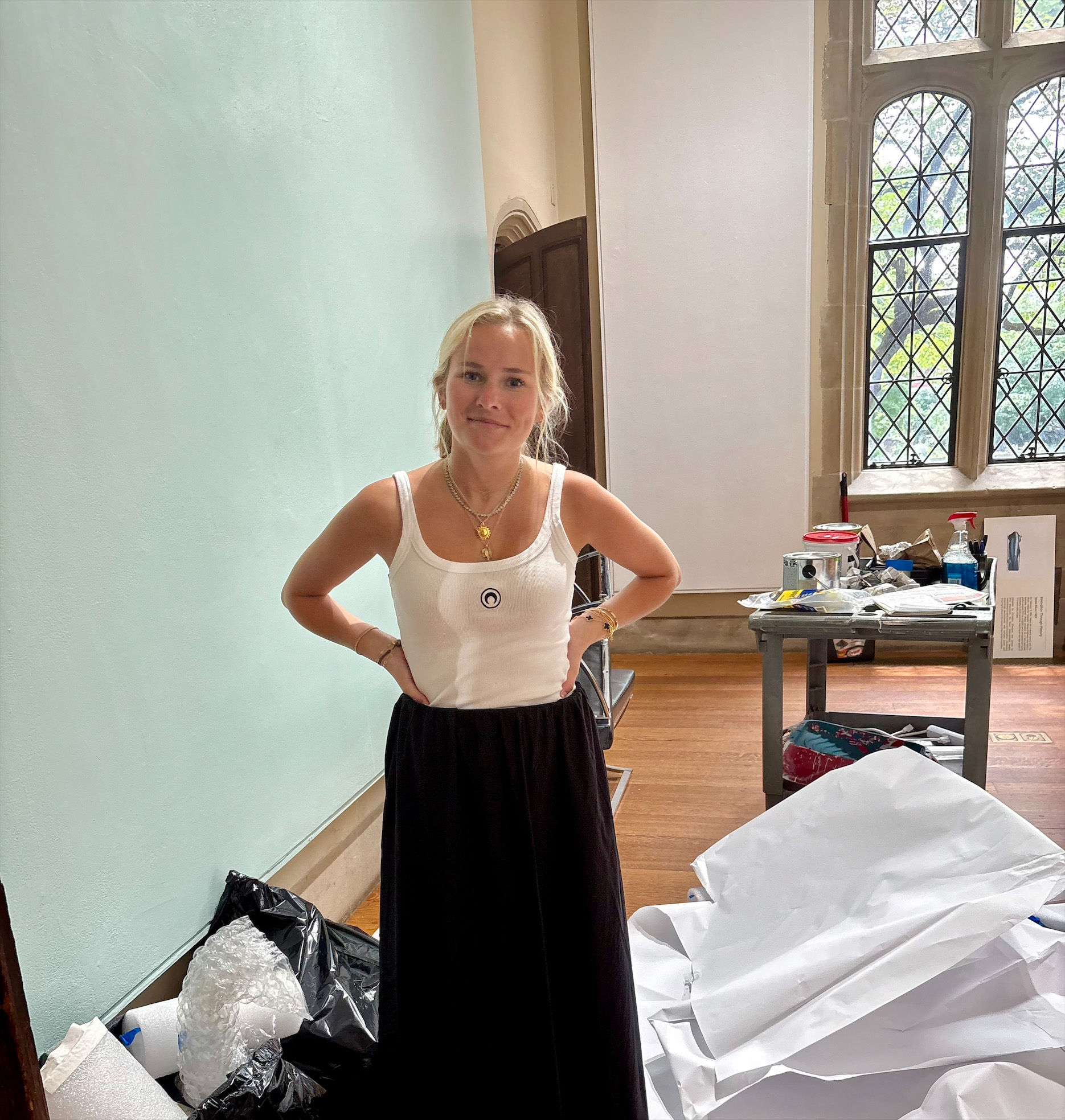
“As someone passionate about both communications and the arts, it was the perfect fit,” Harper said. “I also love my hometown and wanted to engage more deeply with Richmond's cultural and architectural heritage.”
To ensure she landed the internship, Harper reached out to Cavallo and followed her on LinkedIn. She also made a point to attend events at the museum. “Attending events ahead of time gave me the opportunity to learn more about the museum's mission, its programming, and its target audience,” she said. “It also helped me feel more connected and invested in the museum's work, which made me a stronger candidate.”
During her internship, Harper created and managed social media content and promoted events. She researched and wrote biographies about key figures to develop a family tree and helped with an audio tour focused on the museum’s history, architecture, and the legacy of the Branch family. Today the Branch House is home to The Branch Museum of Design.
“It was a great way to combine storytelling, history, and community engagement,” Harper said.
Through her work, she’s developed an appreciation for the thought and effort that goes into creating content pieces and events. “It’s shown me how much detail and teamwork are involved behind the scenes,” she said.
And she’s proud of her contribution in making it happen. “It’s incredibly rewarding to contribute to something that connects with the community and celebrates Richmond’s history,” she said.
She also discovered how much she loves history and museum culture and said her post-graduation interests have shifted. She is now focused on pursuing fashion and textile museum studies to become a fashion historian and work in a museum setting.
Mapping trees and things for a science museum
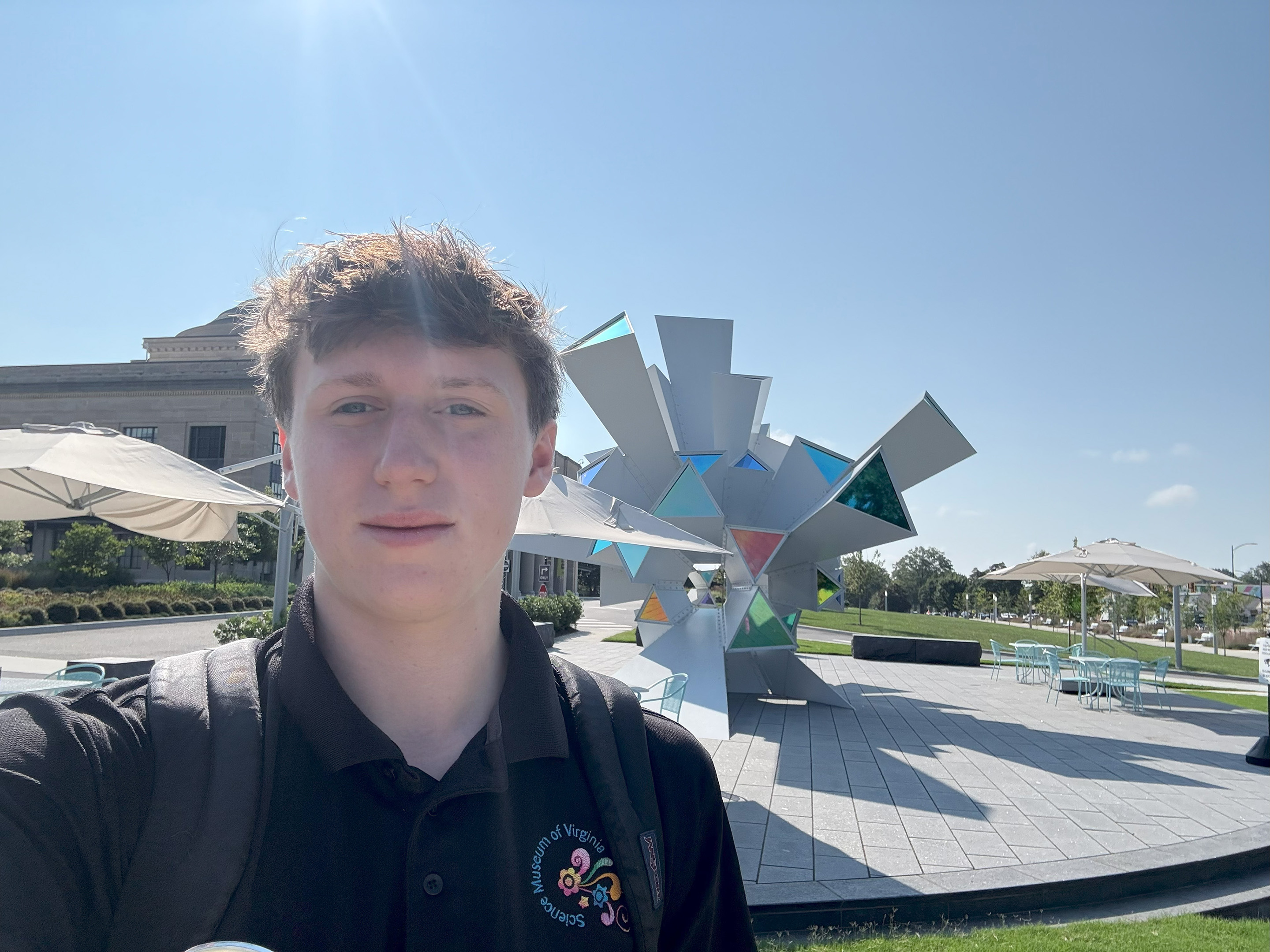
Quin Gegwich, a senior environmental studies major, interned with Richmond’s Science Museum of Virginia. He worked on a tree mapping project and developed a story map of The Green, a green space that replaced a museum parking lot. The story map, which will be displayed on the museum’s Hyperwall exhibit, describes the project and the benefits derived from green space.
He was surprised by the amount of freedom he was given while involved with the project. “It was both nice and challenging to work with little day-to-day supervision,” he said.
“I learned a multitude of things, both tangible and personal,” Gegwich said. “I learned to be more responsible and hardworking.” He also improved his technical skills in ArcGIS, a web-based mapping software.
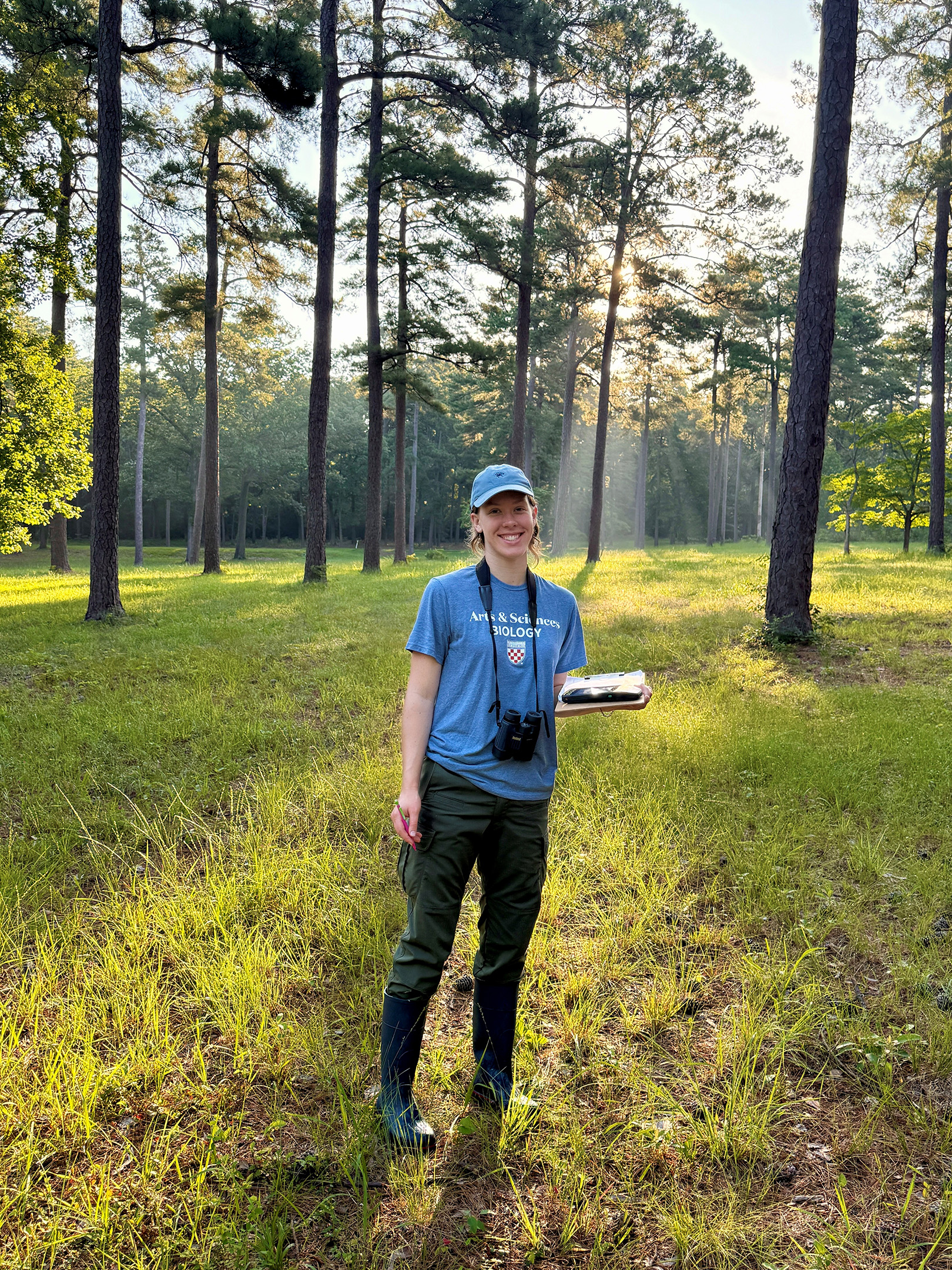
During Gloria Kroodsma's internship with the Richmond National Battlefield Park, she monitored groundwater levels amid flood events and managed invasive plants.
He especially enjoyed weekly meetings with staff members and others. “They discussed their career paths and how they got where they are,” Gegwich said. “It was interesting to not only learn about the people here, but also how different everyone’s story was.”
Ecological fieldwork at a national park
Gloria Kroodsma, a senior double majoring in biology and geography from Glen Allen, Virginia, was surprised by what she encountered during her internship with the Richmond National Battlefield Park. She chose the park because it combined her academic interests in biology, geography, and archaeology, while providing her with ecological fieldwork experience and the opportunity to contribute to the stewardship of public lands.
“Since I intend to pursue a career that involves working with natural resources, this opportunity has allowed me to explore the field in a meaningful way,” Kroodsma said.
She performed a range of field ecology tasks, including monitoring groundwater levels amid flood events, setting up trail cameras, managing invasive plants, and checking historic cannons for nesting birds.
“I learned more about the resilience, planning, and flexibility necessary for successful fieldwork,” Kroodsma said. “I also learned about how the management of important spaces like these requires a combination of ecological knowledge, cultural preservation, and civic engagement.”

